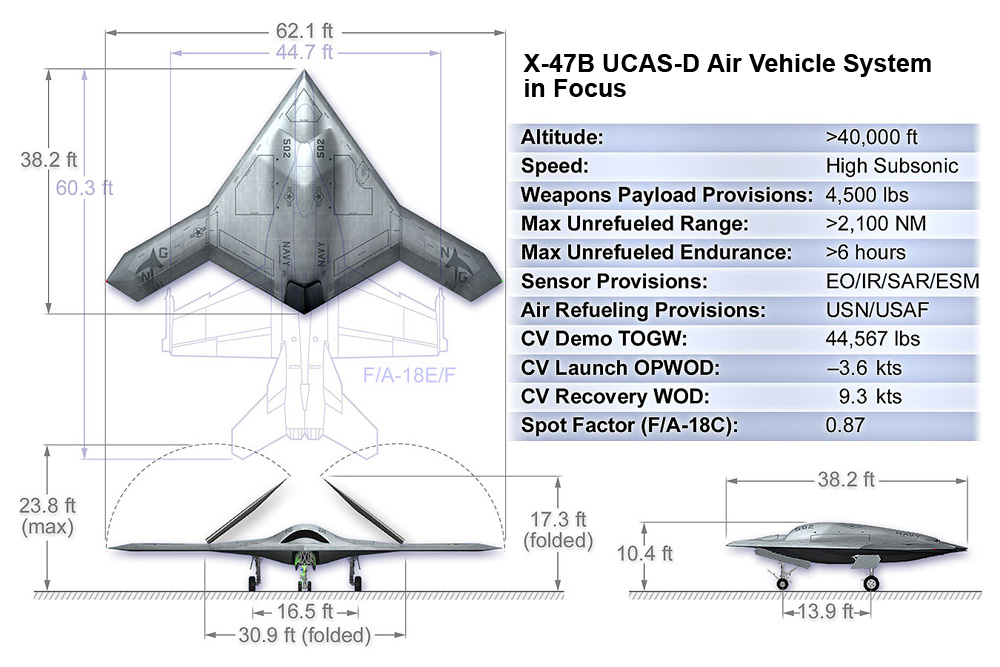- Joined
- Feb 21, 2012
- Messages
- 6,017
- Likes
- 3,364
Israel encrypts UAVs as cyberwar widens

Israel's military is expected shortly to take delivery of an advanced model of the Skylark 1 unmanned aerial vehicle that will be equipped with electronic jammers that will block efforts to intercept surveillance data.

Israel's military is expected shortly to take delivery of an advanced model of the Skylark 1 unmanned aerial vehicle that will be equipped with electronic jammers that will block efforts to intercept surveillance data.
The move comes amid a sharp escalation in Israel's cyber operations against Iran's highly secret nuclear program, which the Jewish state believes is aimed at developing nuclear weapons, and growing Iranian expertise in counter-measures.
A senior officer in Israel's military intelligence warned Monday Israel's foes were stepping up their efforts to gather electronic intelligence on Israel's armed forces and military capabilities, The Jerusalem Post reported.
"We're seeing an improvement by the other side in its ability to gather intelligence Â"¦ the ability of a number of groups with varying capabilities to work against us," the officer said.
The 13-pound Skylark 1, developed by Elbit Systems, one of Israel's top electronic warfare specialists, has been supplied to army battalions as part of the Sky Rider Program aimed at providing combat unit commanders with real-time aerial surveillance capabilities.
The Skylark operation is part of a military-wide process to encrypt UAVs amid growing indications Israel's enemies can now hack into surveillance signals.
That process was initiated in 2010 after it became evident Hezbollah, the Iranian-backed Shiite movement in Lebanon and one of Israel's most formidable foes, had succeeded in intercepting Israeli drone data.
This was used to ambush an Israeli Special Forces raid inside Lebanon in September 1997.
When the Israeli commandoes of Flotilla 13, the navy's Special Operations unit, were ambushed near Ansariya in south Lebanon, the military believed Hezbollah had gotten lucky but did not have any advance warning of the raid.
Eleven of the raiders, including the unit commander, Lt. Col. Yossi Korakin, were killed in a running battle. The handful of survivors were rescued by helicopters.
It wasn't until August 2010, when Hezbollah leader Hassan Nasrallah, claiming Israel had been involved in the February 2005 assassination of former Lebanese Prime Minister Rafik Hariri, publicly unveiled surveillance footage from an Israeli UAV in operation at the time of the Ansariya raid.
The Israeli military concluded the footage Hezbollah showed was genuine and had been intercepted during Israeli surveillance of the target zone prior to the actual nighttime raid that Hezbollah hailed as a major victory.
Nasrallah also displayed what he said were Israeli aerial surveillance tapes of routes used by Hariri between his Beirut residence and Parliament, claiming these indicated Israeli involvement in the assassination of Lebanon's most prominent statesman.
A U.N.-mandated special tribunal has indicted four members of Hezbollah, including two senior figures, for the suicide bombing that killed Hariri and 22 other people.
Hezbollah's ability to intercept Israeli UAV surveillance data undoubtedly benefited from major technological support provided by intelligence units of Iran's Islamic Revolutionary Guard Corps, which maintains cells in Lebanon and inside Hezbollah.
The Shiite movement, which fought the Israeli army to a standstill in a 34-day war in the summer of 2006, is armed and heavily funded by Tehran.
Iran is Israel's primary adversary in the ever-expanding intelligence war and has been targeted in several cyberattacks, widely blamed on Israel and the United States, that began in 2009.
These began with the Stuxnet computer worm that sabotaged Iran's uranium enrichment process at its Natanz facility.
The most recent attack attributed to U.S.-Israeli intelligence was in April, when a more advanced super-virus, dubbed W.32 Flame, hit the control systems of Iran's oil export terminals.
Cyber experts say Flame, the most complex computer worm so far detected, is able to steal vast amounts of data.
U.S. officials say the cyberattacks are part of a systematic offensive by the U.S. Central Intelligence Agency and Israel's intelligence establishment against Iran.
But the Iranians are clearly making major advances in their cyber capabilities, suggesting Israel -- and the United States -- face a more sophisticated foe.
Iran captured an advanced U.S. UAV in December 2011, claiming it hacked into the craft's GPS guidance system and forced it to land.
The CIA-operated RQ-170 Sentinel is one of the United States' most valuable intelligence assets, crammed with advanced electronic systems.
Gen. Amir Ali Hajisadeh, commander of the IRGC's aerospace division, said April 23 his teams had cracked the U.S. codes and were building an Iranian version of the spy craft.
Israel encrypts UAVs as cyberwar widens








